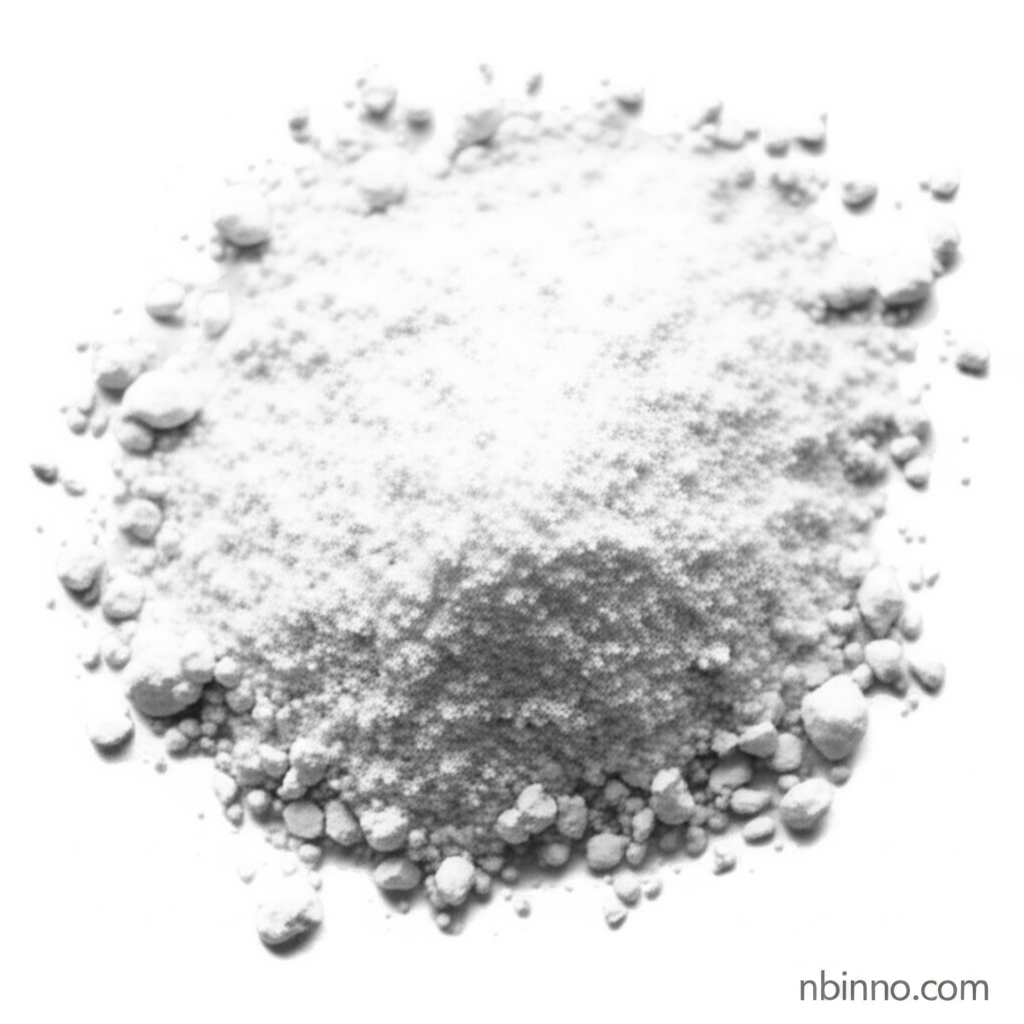Titanium Oxide: Essential Properties and Applications in Pharmaceuticals
Discover the critical role of Titanium Oxide in drug formulations, from enhancing opacity to ensuring stability. Explore its properties and the evolving regulatory landscape.
Get a Quote & SampleProduct Core Value

Titanium oxide
As a trusted supplier in China, we provide high-quality Titanium Oxide (CAS 1317-80-2). This versatile compound is primarily known for its use as a white pigment and opacifier in various industries, most notably in pharmaceuticals. Its inert nature and ability to scatter light make it an indispensable component in tablet coatings, where it contributes to both aesthetic appeal and the protection of sensitive active pharmaceutical ingredients from UV and light degradation. We are a reliable manufacturer in China offering this essential material.
- Understanding titanium oxide pharmaceutical excipient needs is crucial for stable drug formulations. Our material boasts a 98% purity, ensuring reliable performance in your applications.
- The CAS 1317-80-2 opacity agent is vital for achieving consistent tablet appearance. This helps patients differentiate medications and improves overall adherence.
- Utilizing a white pigment for tablets enhances marketability and patient acceptance. Our Titanium Oxide provides the bright, consistent white finish required.
- The UV protection in medicines offered by Titanium Oxide safeguards active ingredients, extending shelf life and efficacy. This is a key reason for its widespread use.
Advantages Provided by the Product
Enhanced Opacity and Whiteness
Titanium oxide serves as an excellent opacifier due to its high refractive index, effectively scattering light to provide a bright white finish. This is essential for achieving the desired aesthetic in pharmaceutical coatings, contributing to product differentiation and appeal.
Protection from Degradation
The compound offers crucial UV and light protection for sensitive active pharmaceutical ingredients. By reducing light permeability in coatings, it helps maintain the stability and efficacy of medications over time, thereby extending their shelf-life.
Chemical Inertness
As an inert and unreactive substance, Titanium oxide does not interfere with the properties of active ingredients or other excipients in pharmaceutical formulations. This ensures the integrity and safety of the final drug product.
Key Applications
Pharmaceutical Coatings
As a vital white pigment for tablets, Titanium Oxide provides opacity and a uniform appearance, enhancing patient compliance and product identification.
UV Protection
Its ability to absorb UV radiation makes it critical for protecting light-sensitive drug components, crucial for maintaining pharmaceutical efficacy and stability.
Colorant
Beyond opacity, it acts as a base white for colored coatings, allowing for a broad spectrum of pharmaceutical product aesthetics and clear differentiation.
General Pigmentation
Its widespread use extends to paints, plastics, and inks, where its brightness and opacity are highly valued for various industrial and consumer products.
